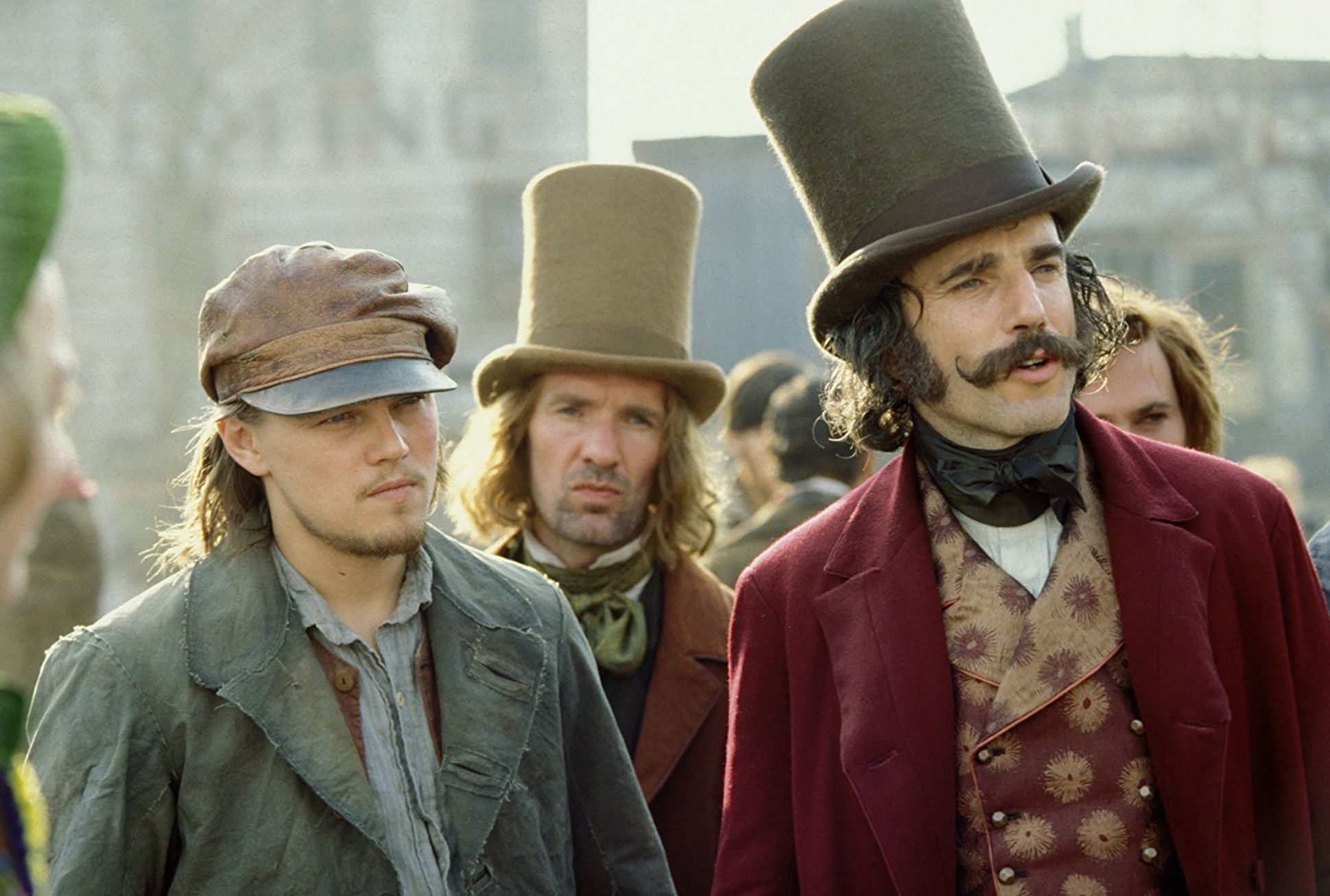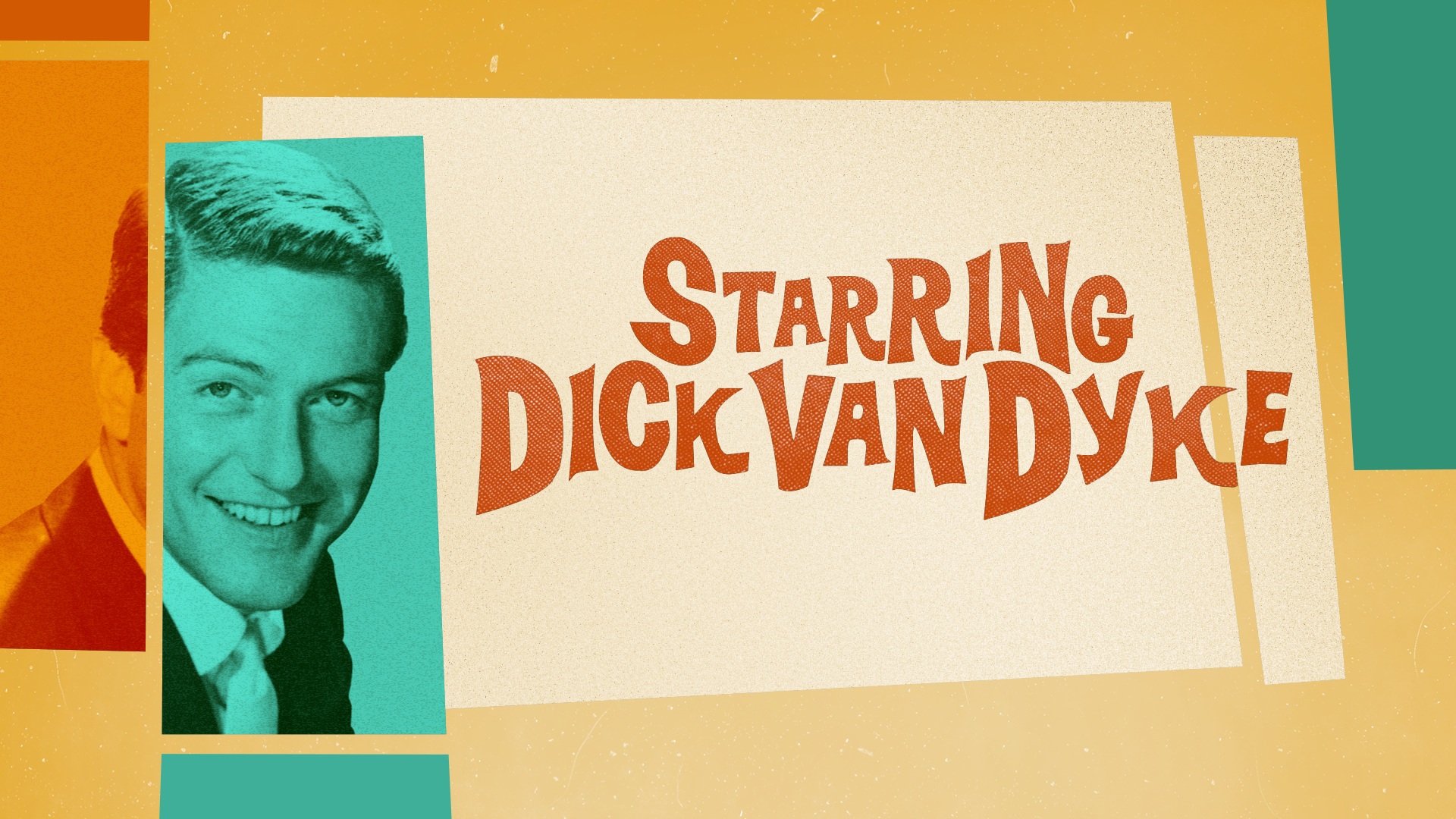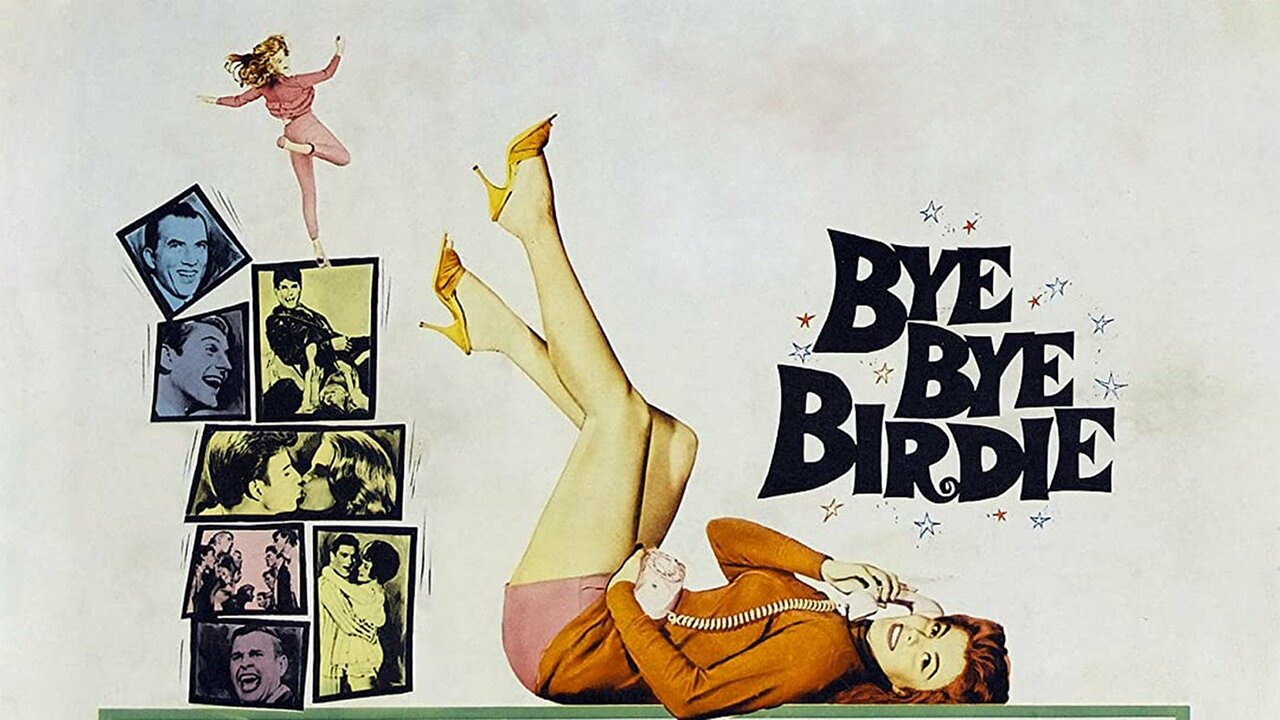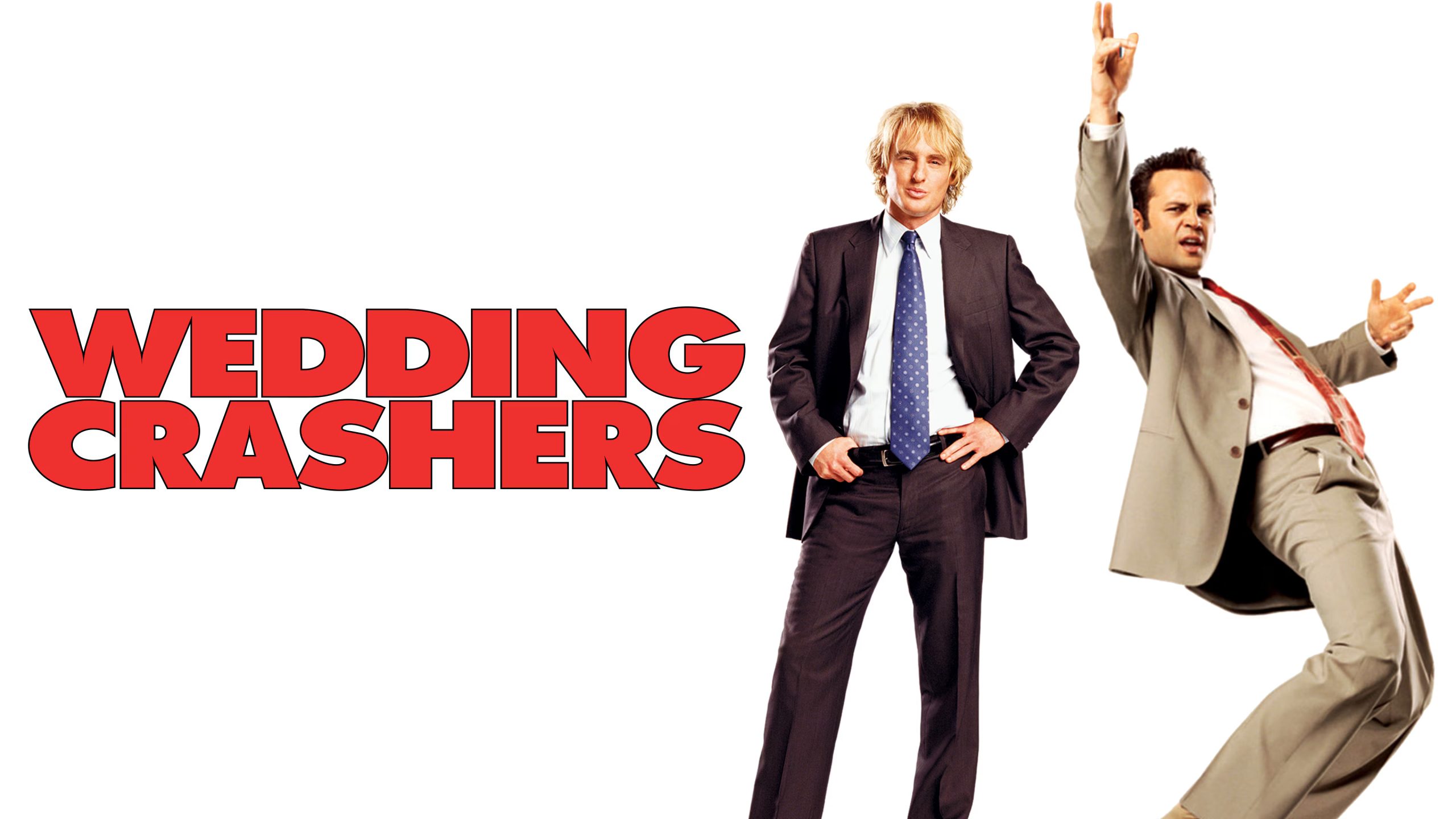
Gangs of New York may have a lot to enjoy about the film but at the end of the day, it is a flawed epic and well short of being a masterpiece.
In many ways, this is the history of New York City according to Martin Scorsese. The script itself is based on Herbert Asbury’s The Gangs of New York. However, it gets an original screenplay nomination because they drift so far from the book’s contents.
Following a cold open set in 1846, the film jumps ahead to 1862. Much like the various Jewish waves that came later on, New York was facing a large wave of Irish immigration at the time. Naturally, the rivalry between Irish Catholics and Protestants would follow to the United States. At the time of the film’s opening, there is a rivalry between the Protestant Nativists–led by William “Bill the Butcher” Cutting (Daniel Day-Lewis) and the “Dead Rabbits,” a group of Irish Catholic immigrants led by “Priest” Vallon (Liam Neeson). In case you’re wondering, the Five Points neighborhood is located in modern-day Chinatown.
Fifteen years after his father’s death, Amsterdam Vallon (Leonardo DiCaprio) returns home from boarding school. His main goal is to avenge his father’s death. Bill the Butcher is still running the neighborhood but he has competition in the form of various Irish gangs. Amsterdam slowly works his way to become Bill’s protégé before ultimately revealing his true identity. But before gets to this point, Amsterdam reacquaints himself with Johnny Sirocco (Henry Thomas). Johnny gives Amsterdam the ins and outs of who runs the neighborhood. This is on top of the political corruption of the time with Boss Tweed (Jim Broadbent) and Tammany Hall. Where Bill may run the Five Points, Tammy Hall is what runs the entire city.
Bill the Butcher holds an annual celebration on the anniversary of defeating the Dead Rabbits. Amsterdam plans to use the night to get his revenge but then Jenny Everdeane (Cameron Diaz) enters the picture. Before you know it, he’s attracted to her but this doesn’t sit well with Johnny. It leads him to spill the beans about Amsterdam. And with that, Bill seeks to kill the son, too. Suffice it to say, gangs go at it and there’s a march on the Church. Meanwhile, Amsterdam approaches Boss Tweed about ending Bill’s reign. The corrupt politician gets on board when Amsterdam says he can give him the Irish vote. Monk McGinn’s win and subsequent murder is what helps bring the film to a climax in Paradise Square. I’m getting to this in a moment.
Never mind the two rivalries but we’re also looking at a time that is heated in racism. After all, the American Civil War is also taking place! But even though the Civil War is taking place, you almost wouldn’t even know from how the story is framed. At least, not until the 1863 Civil War draft riots break out during the third act. The riots come to a head during the aforementioned climax in Paradise Square at the same time when Amsterdam is facing off against Bill. There’s a lot of death during the Draft Riots–one of the darkest times in the city’s history. If not for the film, this particular riot of 70,000 people would probably be forgotten for better or worse. After Bill gets hit, Amsterdam pulls out his father’s knife and kills him.
Recreating this period of life in New York City isn’t easy. For one, the city has been built up so much that you’re very limited when it comes to shooting on location. Where would somebody shoot that wouldn’t require so many skyscrapers to be taken out in post? Instead, the production turned to Cinecittà Studios in Rome to build the Five Points, New York set. Production designer Dante Ferretti recreates a mile of the mid-19th century neighborhood. We’re talking an area consisting of five blocks! If it were up to me, I’d have given the Oscar to Ferretti and set designer Francesca Lo Schiavo. Visual-effects supervisor Michael Owens was in charge of building the rest. Design-wise, they get the Five Points itself as accurate as possible. At least, this is what Scorsese says during the bonus features.
I cannot say enough good things about Daniel Day-Lewis in the film. Bill the Butcher, based on William Poole (who was killed a decade before the draft riots), is such an unlikeable person. But in spite of that, Day-Lewis really inhabits the persona. He really is one of the best actors of his generation. If you’re looking to break into acting, look at what choices Daniel Day-Lewis makes and learn from them.
Cameron Diaz may be the third billed actress in the film but it’s very easy to see her as the character coming between Leonardo DiCaprio, Henry Thomas, and Daniel Day-Lewis. Is there a historical value to her being in the film? Or is she only here for the pure sake of making two men jealous? I first saw the film in 2002 but didn’t think anything of this at the time. The only thing I knew was that I was watching an almost three-hour long film to get to me through the slowest day of the year.
Gangs of New York is also one of two films in the post-September 11th world to purposely end with the World Trade Center. Unless I’m forgetting other films, there are at least two with Munich being another. I can see why Scorsese makes the decision to include the Twin Towers as thy were an iconic part of the New York City skyline for over a quarter century. It comes off as a powerful montage that shows what the city has been through. The time-lapse is an impressive sequence which also speaks to the challenges of making the film. They could have cut the shot out altogether but they decided to keep it in the film. I’m not a New York native but I think this was the right decision.
For everything that Gangs of New York gets right, it also manages to get a whole lot of things wrong. The production design itself is exquisite in its own right. What the film gets wrong, according to historians and New York City journalists, is the violence, ethnic immigrants of the time, and more. The Naval bombardment of Paradise Square is complete fiction. Moreover, Chinese-Americans may have been in America at the time but they were not as common as the film would have you believe.
DIRECTOR: Martin Scorsese
SCREENWRITERS: Jay Cocks and Steven Zaillian and Kenneth Lonergan
CAST: Leonardo DiCaprio, Daniel Day-Lewis, Cameron Diaz, Jim Broadbent, John C. Reilly, Henry Thomas, Brendan Gleeson





